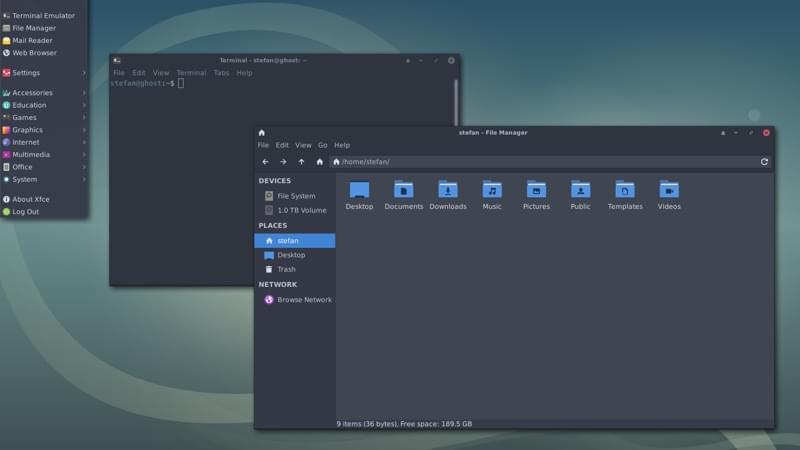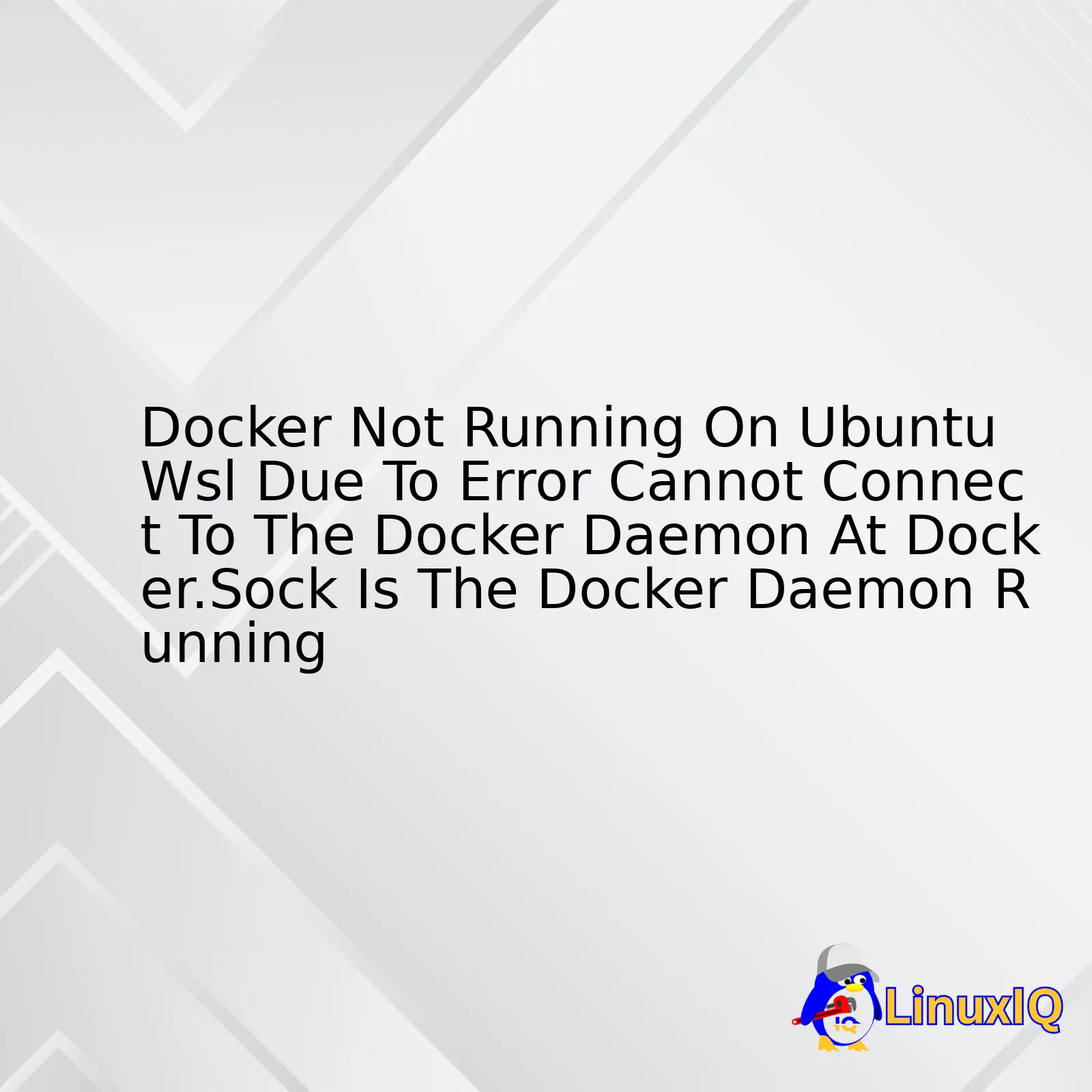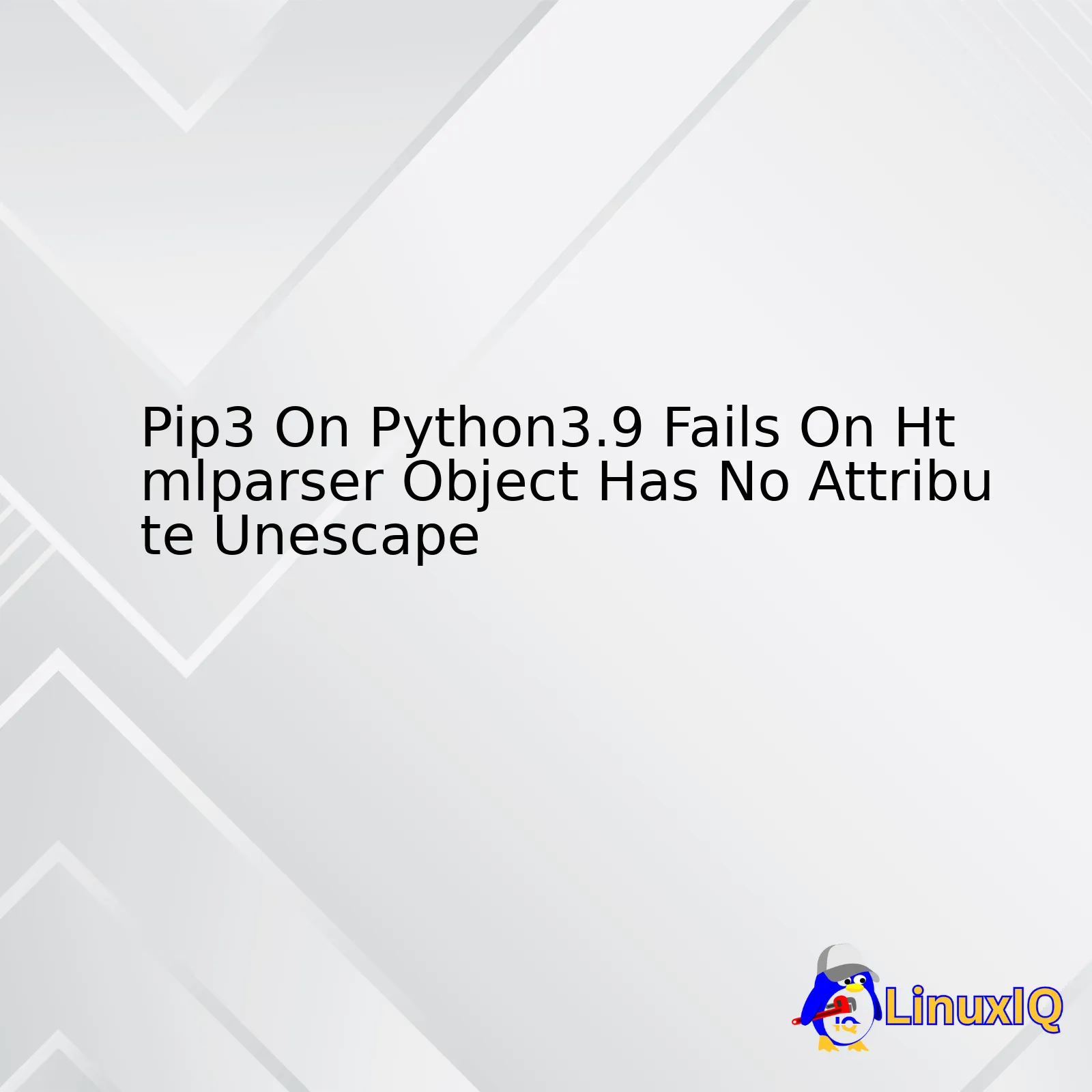Introduction to Mandatory Access Control
In the evolving landscape of Linux Security, relying solely on traditional permissions is no longer sufficient for modern enterprise environments. For decades, System Administration relied heavily on Discretionary Access Control (DAC)—the standard rwx (read, write, execute) permissions associated with users and groups. However, if a malicious actor compromises a process running as root or a specific user, DAC offers little resistance to lateral movement within the system. This is where SELinux (Security-Enhanced Linux) enters the equation, providing a robust layer of Mandatory Access Control (MAC).
Originally developed by the NSA and integrated into the Linux Kernel, SELinux defines strict access controls that confine processes to the minimum privileges required to function. While it has a reputation for complexity among those new to Linux Administration, mastering SELinux is a critical skill for securing a Linux Server, whether it is running Red Hat Linux, CentOS, Fedora Linux, or increasingly, distributions like Debian Linux and Ubuntu. As the industry shifts toward “secure by default” methodologies, understanding how to configure, troubleshoot, and optimize SELinux is essential for Linux DevOps professionals and system architects alike.
This comprehensive guide will demystify the architecture of SELinux, moving beyond the basics of Linux Commands into deep policy management. We will explore how to manage file contexts, configure network ports, and utilize Python Scripting for automation, ensuring your infrastructure remains hardened against modern threats.
Section 1: Core Concepts and Architecture
Understanding the Context Model
Unlike standard Linux Permissions, which look at who is accessing a file, SELinux looks at the context of the request. Every process (subject) and every file, directory, or socket (object) on the system is assigned a security context label. This label is stored in the file system’s extended attributes (xattrs). When a process tries to access a file, the kernel checks the SELinux policy to see if the interaction between the subject’s label and the object’s label is explicitly permitted. If it isn’t explicitly allowed, it is denied.
An SELinux context consists of four parts: user:role:type:level. For most System Administration tasks, the most critical component is the Type (the third field), which typically ends in _t. This is known as Type Enforcement.
- User: The SELinux user identity (mapped to Linux Users).
- Role: Defines what domains a user can enter.
- Type: The domain for processes or the type for files.
- Level: Used for Multi-Level Security (MLS), often relevant in highly classified government systems.
Modes of Operation
Before diving into configuration, it is vital to understand the three modes SELinux can operate in:
- Enforcing: The default mode where policies are strictly enforced. Violations are denied and logged.
- Permissive: Policies are checked, but violations are not denied. Instead, they are logged. This is crucial for troubleshooting and System Monitoring.
- Disabled: The SELinux infrastructure is turned off. This requires a reboot to change and is generally discouraged in production.
To interact with these modes and view contexts, we utilize specific Linux Terminal commands. Below is an example of how to check the system status and view file contexts.
#!/bin/bash
# Check the current status of SELinux
echo "Checking SELinux Status:"
sestatus
# View the current mode (Enforcing/Permissive)
echo "Current Mode:"
getenforce
# List files in the current directory with their security context labels
# The -Z flag is used to display SELinux contexts
echo "File Contexts in /var/www/html:"
ls -lZ /var/www/html
# Check the context of running processes
# This helps identify the domain a service is running in
echo "Process Context for Nginx/Apache:"
ps -eZ | grep -E '(httpd|nginx)'
# Example Output Interpretation:
# system_u:object_r:httpd_sys_content_t:s0 index.html
# ^User ^Role ^Type ^LevelIn the example above, httpd_sys_content_t is the type assigned to web content. If the Apache or Nginx web server (running as httpd_t) tries to access a file labeled admin_home_t, the kernel will block the access regardless of the standard rwx permissions.
Section 2: Implementation and Policy Management

Managing File Contexts
One of the most common issues in Linux Administration occurs when files are moved or created in non-standard directories. For example, if you move an index.html file from your home directory to /var/www/html, it retains the label of the home directory (e.g., user_home_t). The web server will be denied access to this file because it lacks the policy to read user home content.
While the chcon command can temporarily change a context, it is not persistent against file system relabeling. The correct approach involves using semanage fcontext to update the policy database and restorecon to apply the changes. This ensures that even after a system relabel or backup restoration, the security posture remains intact.
Practical Example: Configuring a Custom Web Root
Let’s assume you are setting up a Linux Web Server using Nginx or Apache, but you want to serve files from a custom directory /srv/my_app rather than the default /var/www/html. Without SELinux configuration, the service will fail to start or serve 403 Forbidden errors.
# Step 1: Create the custom directory
mkdir -p /srv/my_app/public
echo "Secure Content
" > /srv/my_app/public/index.html
# Step 2: Check the default context (likely default_t or var_t)
ls -Zd /srv/my_app
# Step 3: Update the SELinux policy to treat this directory as web content
# We use regex to apply this to the directory and everything inside it recursively
# 'httpd_sys_content_t' is the standard read-only type for web files
sudo semanage fcontext -a -t httpd_sys_content_t "/srv/my_app(/.*)?"
# Step 4: Apply the policy to the filesystem
# The -R flag is recursive, -v is verbose
sudo restorecon -Rv /srv/my_app
# Step 5: Verify the change
ls -Z /srv/my_app/public/index.html
# Output should now show: httpd_sys_content_t
# Step 6: Handling Port Management
# If your app runs on a non-standard port (e.g., 8081), you must allow it
sudo semanage port -a -t http_port_t -p tcp 8081
# Verify port allowance
sudo semanage port -l | grep http_port_tUsing SELinux Booleans
Booleans are on/off switches within the SELinux policy that allow for runtime modification of security rules without writing custom policy modules. They are incredibly useful for System Administration when connecting services. For instance, allowing a web server to connect to a Linux Database like MySQL Linux or PostgreSQL Linux usually requires toggling a boolean.
To list all available booleans, use getsebool -a. To modify them, use setsebool. The -P flag makes the change persistent across reboots.
# Check if the web server is allowed to connect to the network (for DB access)
getsebool httpd_can_network_connect_db
# Enable the boolean persistently
sudo setsebool -P httpd_can_network_connect_db 1
# Other common booleans for web servers:
# Allow sending email
sudo setsebool -P httpd_can_sendmail 1
# Allow access to NFS mounts (common in Linux Cloud environments)
sudo setsebool -P httpd_use_nfs 1Section 3: Advanced Techniques and Automation
Troubleshooting with Audit Logs and Audit2allow
When an application is blocked, SELinux logs the denial in /var/log/audit/audit.log (or /var/log/messages depending on the Linux Distribution). Deciphering these logs is a key skill. The log entry usually contains the term AVC (Access Vector Cache).
Rather than blindly disabling SELinux, you should use the audit2allow utility. This tool parses the audit logs and generates a custom policy module to allow the specific action that was denied. This is particularly useful when developing custom applications or using complex Docker containers.
# Scenario: An application is failing.
# Step 1: Temporarily switch to Permissive mode to gather logs
sudo setenforce 0
# ... Run your application / trigger the error ...
# Step 2: Switch back to Enforcing
sudo setenforce 1
# Step 3: Search for denials in the audit log
# grep for 'denied' or 'AVC'
sudo grep "denied" /var/log/audit/audit.log
# Step 4: Generate a human-readable explanation of why it failed
sudo grep "denied" /var/log/audit/audit.log | audit2why
# Step 5: Create a custom policy module to allow this access
# This reads the log, finds the denial, and creates a .pp (policy package)
sudo grep "my_custom_app" /var/log/audit/audit.log | audit2allow -M my_custom_app_policy
# Step 6: Install the newly created module
sudo semodule -i my_custom_app_policy.ppPython Automation for SELinux
![Xfce desktop screenshot - xfce:4.12:getting-started [Xfce Docs]](https://docs.xfce.org/_media/xfce/4.12/slider-desktop.jpg)
For Linux DevOps engineers and those interested in Python Automation, interacting with SELinux programmatically is often necessary for building compliance tools or custom installers. Python provides bindings via the selinux library, allowing you to query contexts and manage modes directly from your scripts. This bridges the gap between System Programming and high-level administration.
Below is a Python Scripting example that checks the SELinux state and verifies the context of a specific file, useful for configuration management validation.
import selinux
import os
import sys
def check_selinux_security():
# Check if SELinux is enabled
is_enabled = selinux.is_selinux_enabled()
if not is_enabled:
print("WARNING: SELinux is disabled on this system.")
return
# Get current enforcing mode
# 0 = Permissive, 1 = Enforcing
enforce_mode = selinux.security_getenforce()
mode_str = "Enforcing" if enforce_mode == 1 else "Permissive"
print(f"SELinux Status: Enabled | Mode: {mode_str}")
# Check context of a critical configuration file
target_file = "/etc/shadow"
try:
# Get file context
(rc, context) = selinux.getfilecon(target_file)
if rc < 0:
print(f"Error getting context for {target_file}")
else:
print(f"Security Context for {target_file}: {context}")
# Validate expected type (shadow_t)
if "shadow_t" not in context:
print(f"ALERT: {target_file} has incorrect context type!")
else:
print("Context verification passed.")
except OSError as e:
print(f"File access error: {e}")
if __name__ == "__main__":
check_selinux_security()Section 4: Best Practices and Optimization
Integration with DevOps Tools
In modern infrastructure, manual configuration is rare. Tools like Ansible, Puppet, and Chef have built-in modules for SELinux. When writing Ansible playbooks for Linux Automation, always use the sefcontext module rather than running shell commands. This ensures idempotency and correct state management.
Furthermore, when working with Linux Docker and Kubernetes Linux environments, SELinux plays a vital role in container isolation. By default, containers run with the container_t label. If you are mounting host volumes into containers (e.g., -v /host/data:/container/data), you must append the :z or :Z suffix to the volume mount command. This tells Docker to automatically relabel the host directory to be accessible by the container, preventing “Permission Denied” errors without disabling security.
Performance and Filesystem Considerations

A common myth is that SELinux introduces significant performance overhead. In reality, the overhead is negligible (often less than 2%) because the access vector cache (AVC) stores decisions in kernel memory, minimizing the need to constantly check the policy database. However, for Linux Disk Management, it is important to note that SELinux relies on extended attributes. When using Linux Backup tools (like tar or rsync), you must use flags that preserve these attributes (e.g., rsync -X or tar --selinux). Failing to do so will result in files being restored with default contexts, potentially breaking applications.
Don’t Disable, Troubleshoot!
The most critical best practice is to resist the urge to disable SELinux. If you encounter an issue:
- Set the mode to Permissive temporarily.
- Reproduce the issue.
- Analyze
/var/log/audit/audit.log. - Adjust Booleans or generate a policy module.
- Return to Enforcing mode.
This workflow ensures your Linux Firewall (iptables/nftables) and SELinux layers work in tandem to provide depth-in-defense security.
Conclusion
SELinux represents a paradigm shift in Linux Security, moving from user-centric permissions to a robust, policy-driven Mandatory Access Control system. While the learning curve can be steep, the benefits of confining processes and mitigating zero-day vulnerabilities are immeasurable for any serious Linux Administrator. As distributions like openSUSE, Fedora, and RHEL continue to push the boundaries of secure-by-default computing, proficiency in SELinux is becoming a non-negotiable skill.
By understanding contexts, leveraging booleans, and utilizing tools like audit2allow and Python bindings, you can transform SELinux from a hurdle into a powerful asset. Whether you are managing a high-traffic Nginx web server, orchestrating Kubernetes clusters, or hardening a Linux Cloud instance on AWS Linux, the techniques outlined in this guide provide the foundation for a secure, enterprise-grade environment. Start auditing your systems today, and embrace the power of Type Enforcement.




